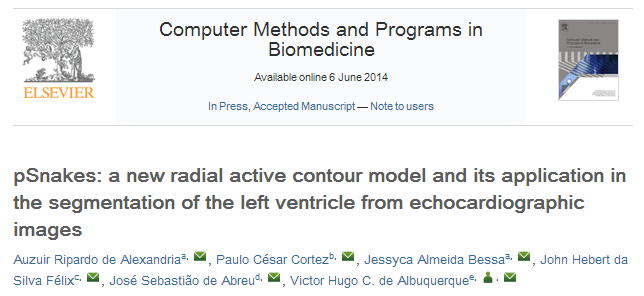Techniques of Binarization, Thinning and Feature Extraction Applied to a Fingerprint System
Abstract
A large volume of images of fingerprints are collected and stored to be used in various systems such as in access control and identification records (ID). Systems for automatic fingerprint recognition perform searches and comparisons with a database. Biometric recognition is based on two fundamental premises: the first is that digital printing must have permanent details, and the second is the information unit. From these premises, a system analyzes the fingerprint image to extract the information and then compares the data in the verification mode or identification mode. , Extraction techniques must be used to obtain the fingerprint data. These techniques use binarization, thinning and features extraction algorithms which are computational methods that can be applied to digital image processing used in scientific research and security issues. This paper presents a comparative analysis of four thresholding techniques (Niblack, Bernsen, Fisher, Fuzzy), two thinning techniques (Stentiford and Holt) and a feature extraction (Cross Number) technique to evaluate the best performance of the algorithms in fingerprint images. To develop this project a set of 160 fingerprint images was used in experiments and analysis. The results point out the positive and negative points of the different algorithms. The system was developed in the C/C++ language.







